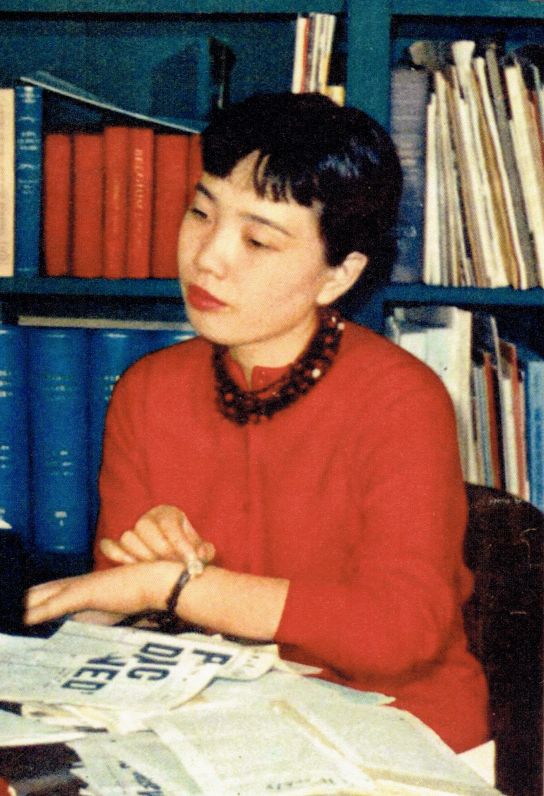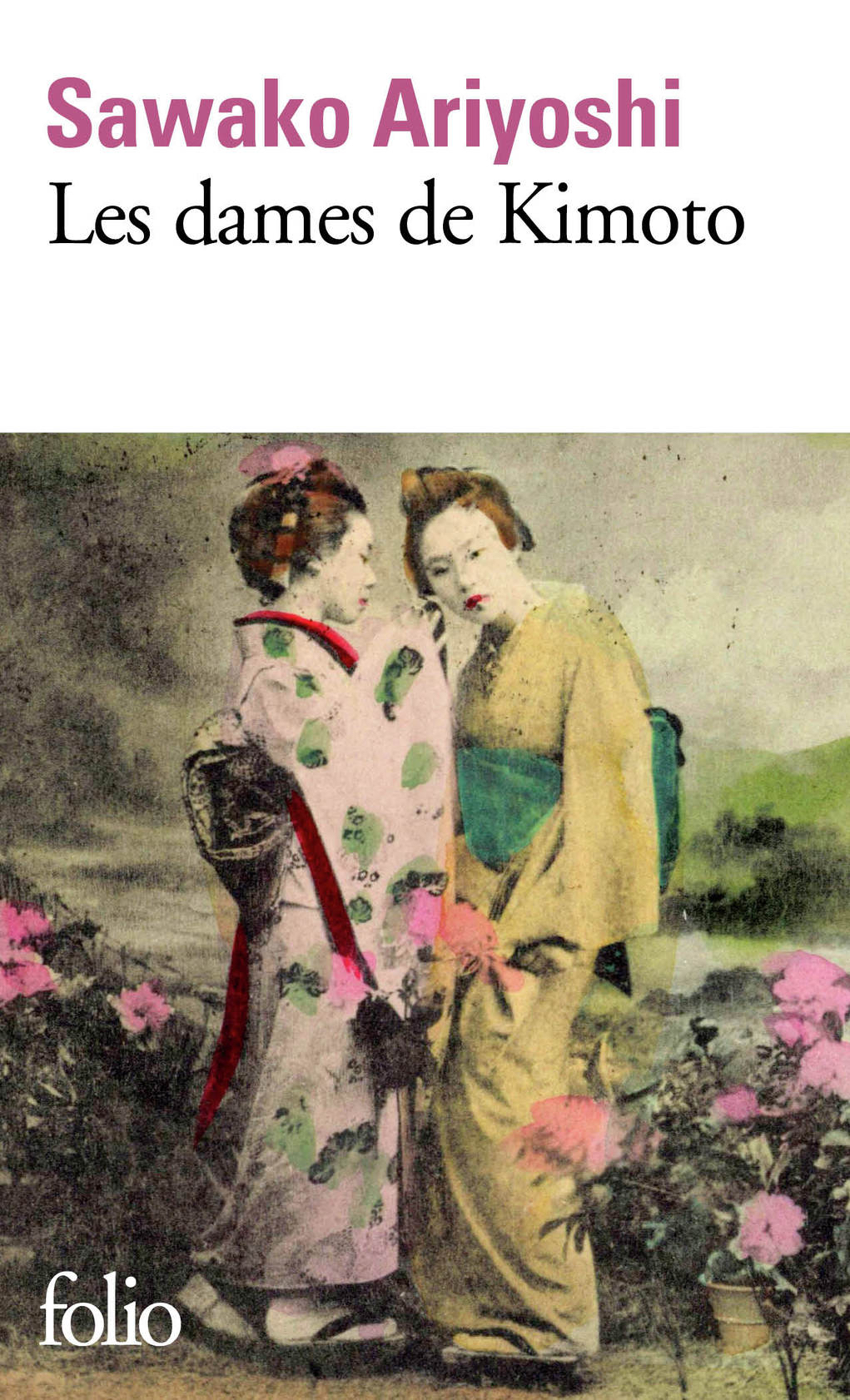‘The River Ki’ and the Legacy Left by Women
In her novel, author Sawako Ariyoshi questions what is passed down from woman to woman over three successive generations.

© Public Domain
Sawako Ariyoshi is considered to be the Japanese Simone de Beauvoir and, in The River Ki, the author explores the filial bonds that connect women to their mothers and their own daughters. She reveals how, over the years, certain traditions are repeated before being shattered, due either to a deliberate choice or a societal change.
In this short novel published in Japan in 1959, the reader follows three generations of Japanese women between the late 19th century and the end of the Second World War. They are all members of the Kimoto family, who hail from Wakayama valley in the south of the Kansai region. Hana, her daughter Fumio, and granddaughter Hanako are the protagonists in this story that sheds light on both family issues and the changes shaking up Japanese society, and their negative impacts on women’s status.
Between tradition and emancipation
Sawako Ariyoshi takes the reader inside the Japanese household, a terrain where power struggles occur between respect for age-old traditions and a desire for emancipation. These three women have thrown off their shackles, each one in their own way and through their choices, whether unconscious, voluntary or constrained. What could be taken for a little story in the grand scheme of history in fact says a great deal about what goes on in this country marked by war and forced to open itself up to the rest of the world.
The River Ki (1959) by Sawako Ariyoshi was published in 2004 by Kodansha.

© Folio
TRENDING
-
Ishiuchi Miyako, A Singular Perspective on Women
Recipient of the 2024 Women in Motion Award, the photographer creates intimate portraits of women through the objects they left behind.

-
Recipe for Ichiraku Ramen from ‘Naruto’ by Danielle Baghernejad
Taken from the popular manga with the character of the same name who loves ramen, this dish is named after the hero's favourite restaurant.

-
Namio Harukawa, Master of Japanese SM Art
'Garden of Domina' offers a dive into the world of an icon of ‘oshiri’, whose work has now reached a global audience.

-
The Tattoos that Marked the Criminals of the Edo Period
Traditional tattoos were strong signifiers; murderers had head tattoos, while theft might result in an arm tattoo.

-
The Emperor of Japanese Porn is Now the Star of a Netflix Series
Deliciously funny, The Naked Director especially succeeds in reviving the atmosphere that was so characteristic of 1980s Japan.





